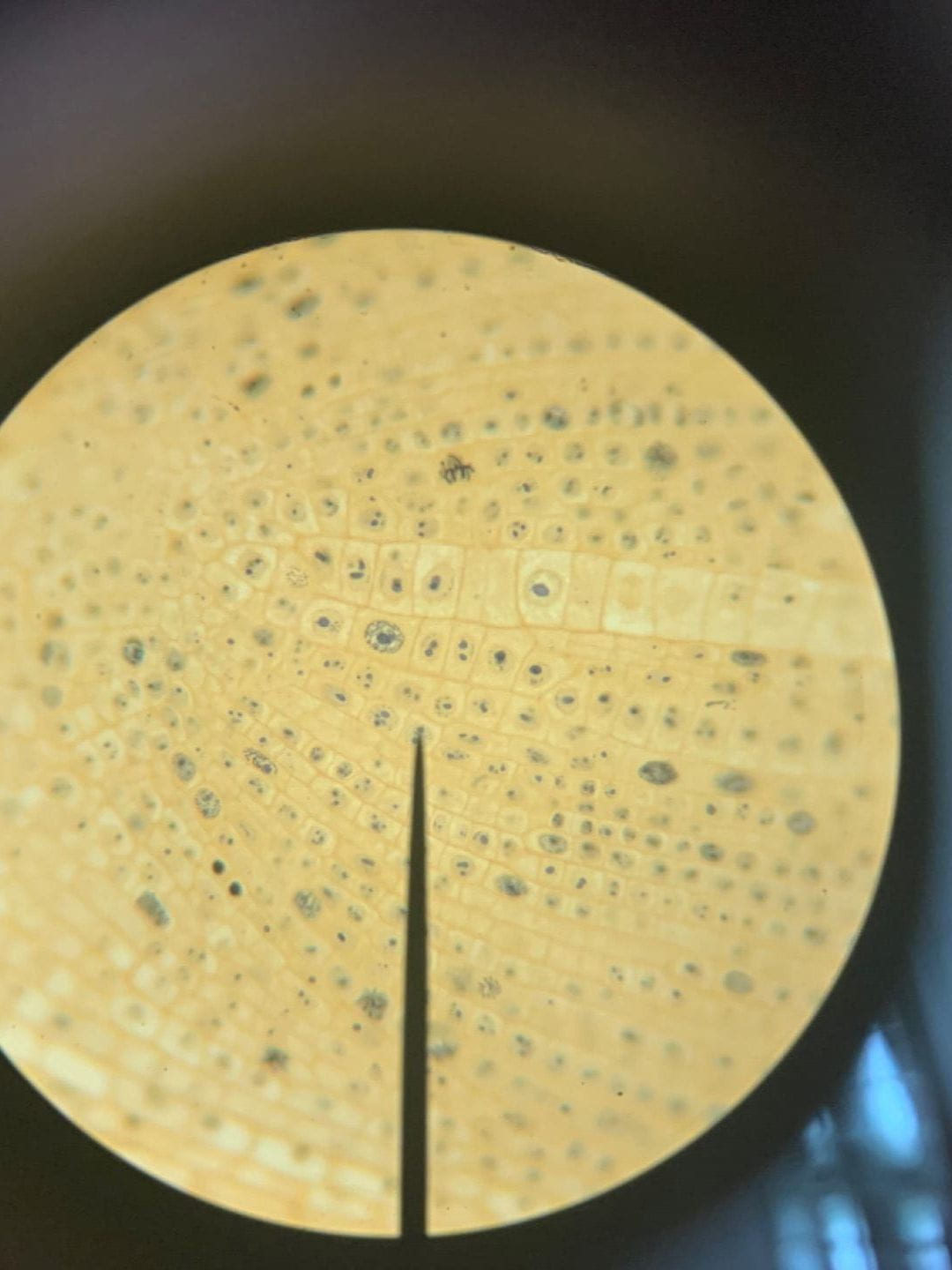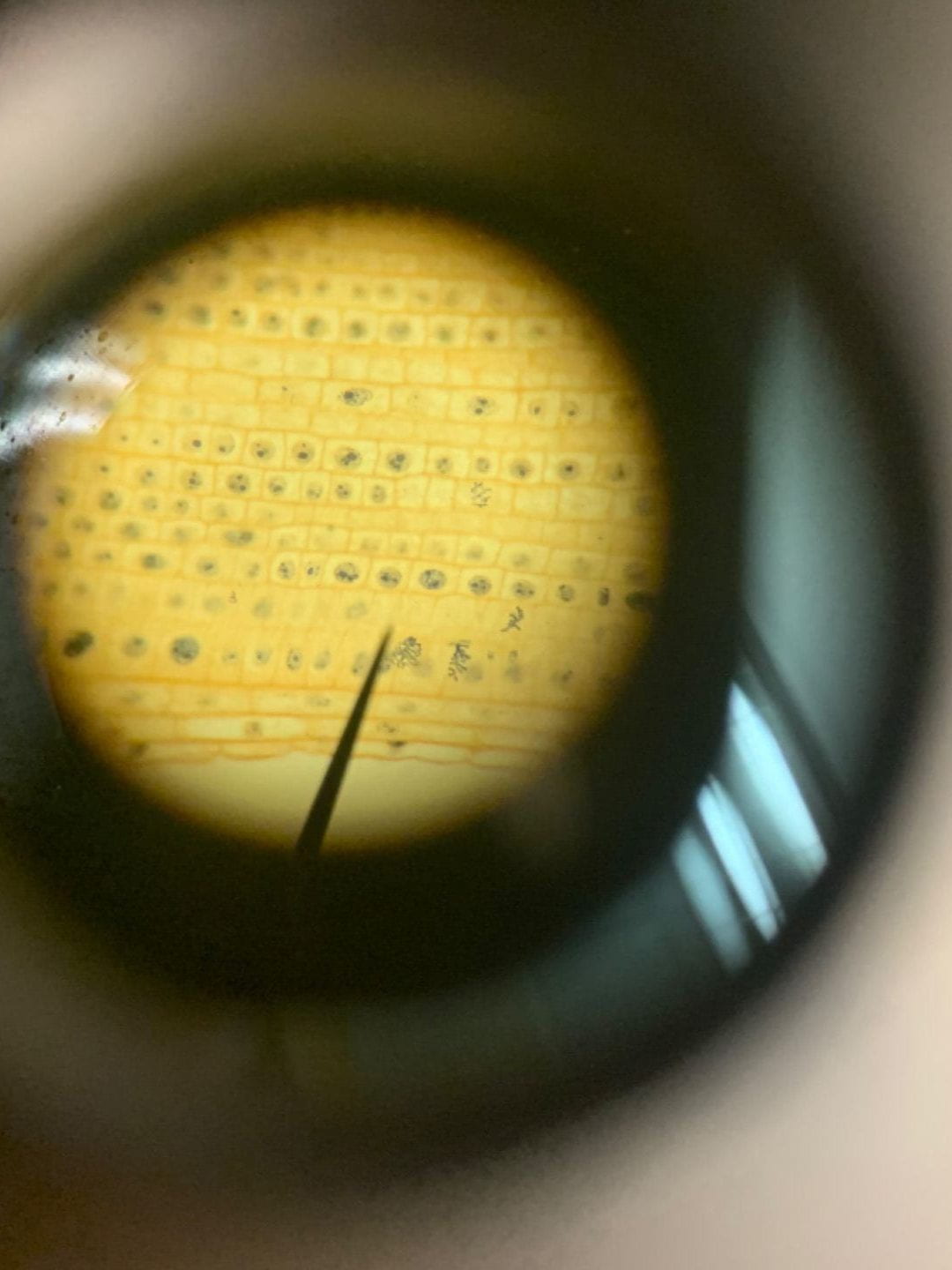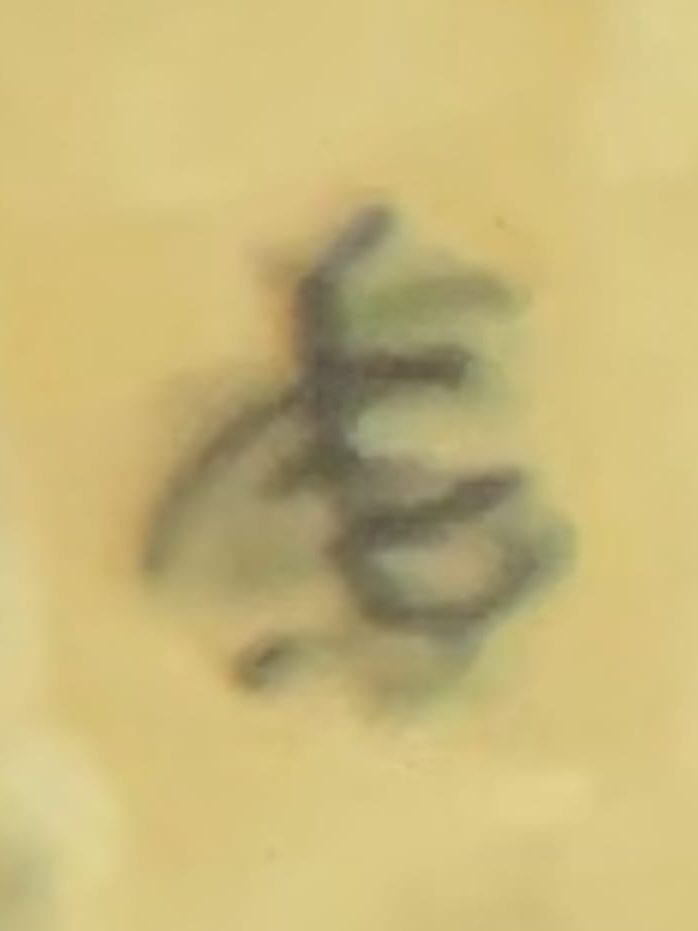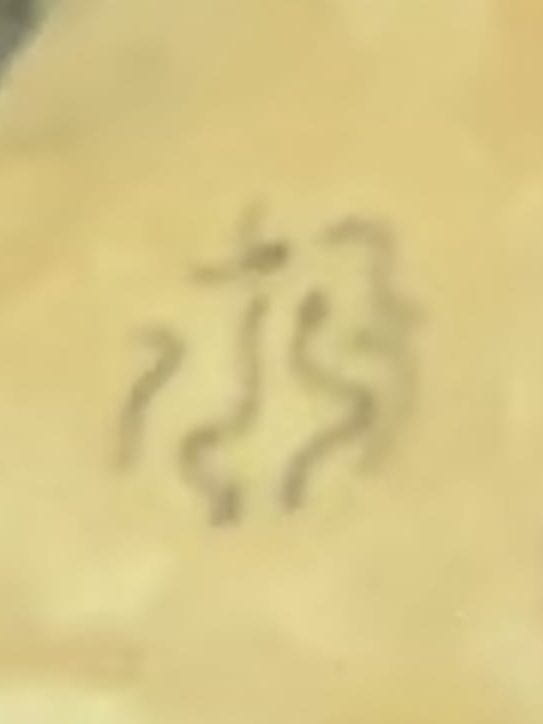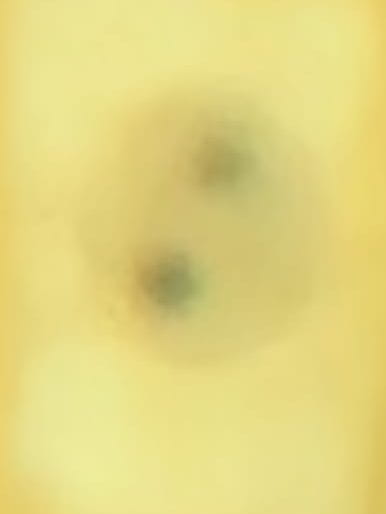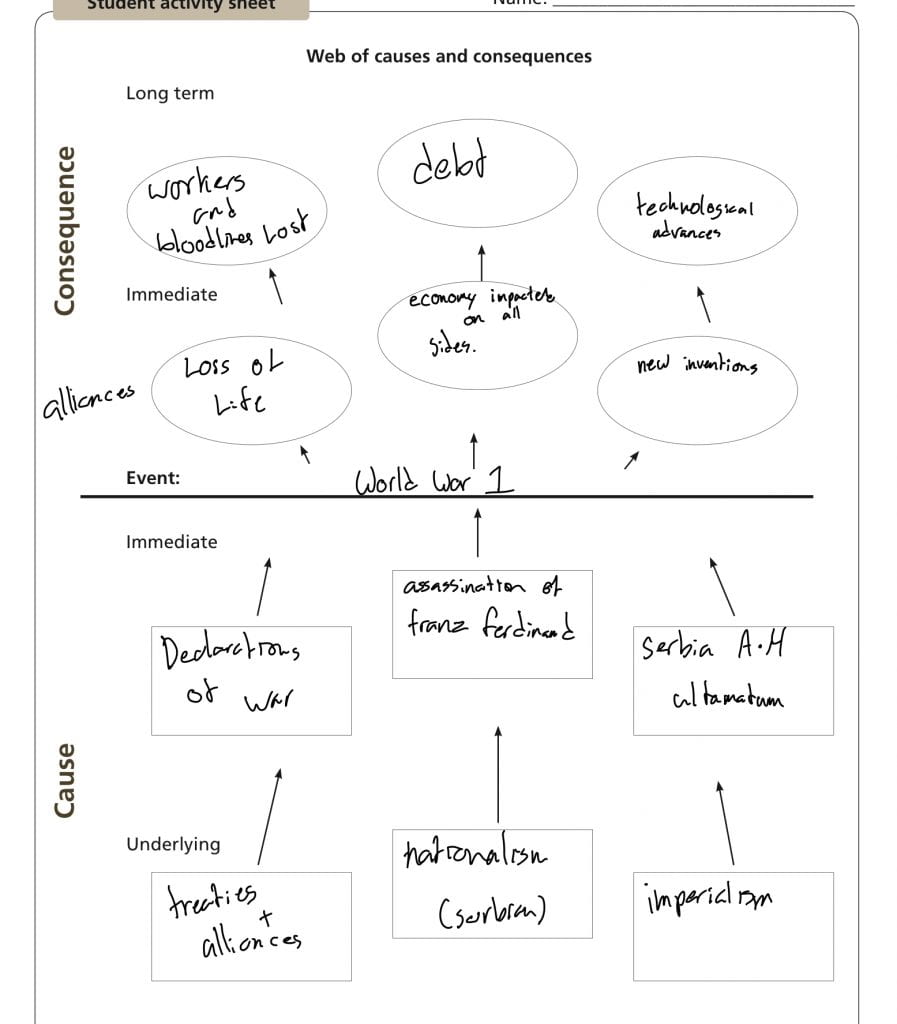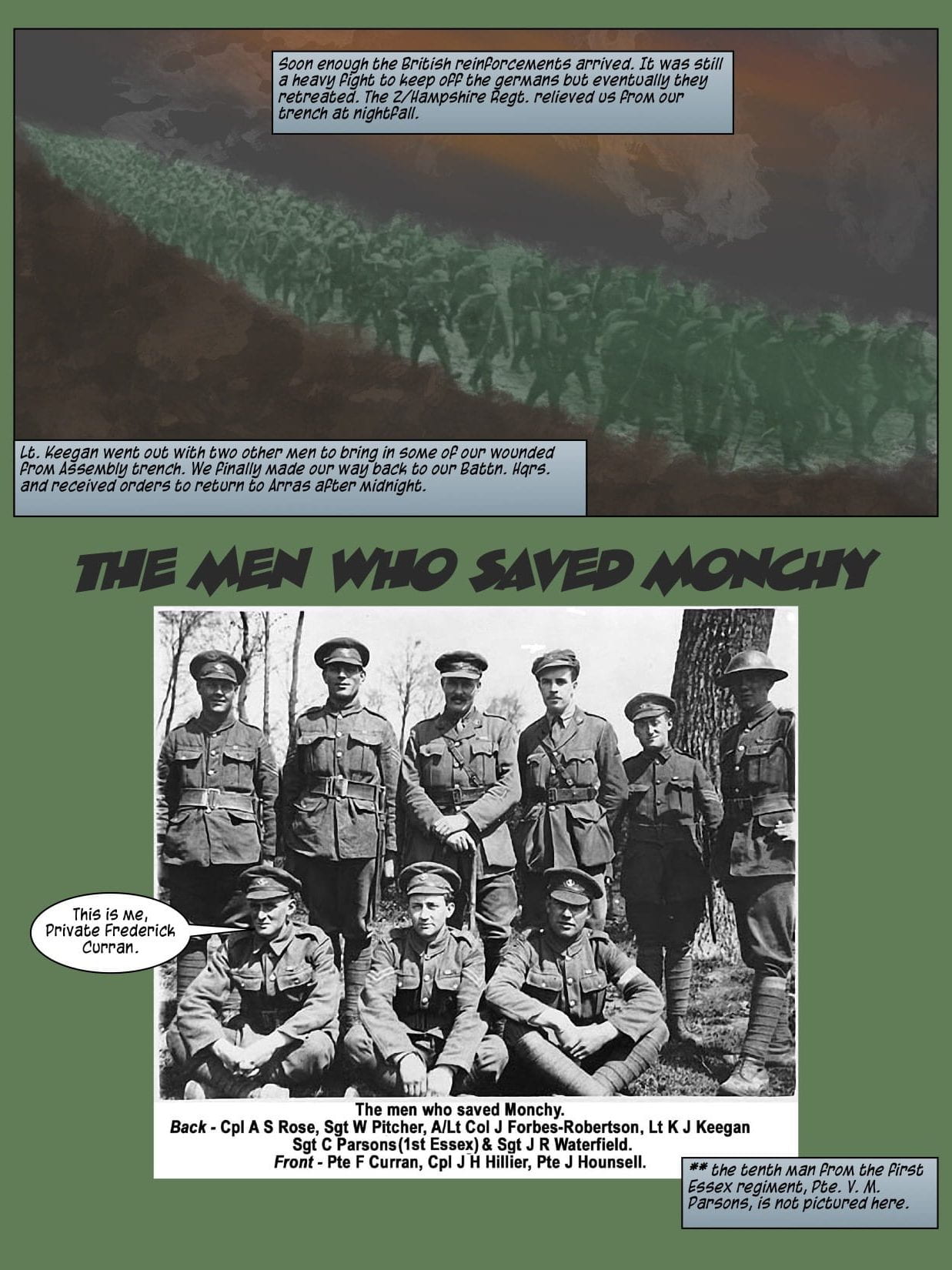Helloooo fellow moderately effective human beings. This blog post will be a bit different from the usual ones because this is for something we did in Maker. We learned about a book called The 7 Habits of Highly Effective People or in our case, Teens. You may have seen this book before or even just heard someone talking about it. And as you may have guessed from the title, this book is supposed to teach you how to be your most effective self. And before we dive into this project I have something I would like to say about being “your most effective self”. Mainly why is the expectation that we should be functioning at a high level? I am perfectly fine functioning at a moderate to low level depending on my mood. I think we are setting the standards a little to high for a bunch of exhausted highschoolers. But maybe thats just my opinion. Ok so lets jump into the rest of this post.
The Habits
Throughout the book there are 7 habits for you to start including in your life. Those habits are categorized into 4 groups of your life. Here’s an overview of all of the habits and categories.
The Set-up
The set up phase talks about why you would want to complete the 7 habits and how they can help you. We also talked about paradigms and principles and how to identify them. For each category we did something called an “assessment choice board activity” which was supposed to show our understanding of the topic. Here was my playlist I made for this category and the written explanation that I created to go along with it;
Songs;
Follow My Feet by The Unlikely Candidates
Little Lion Man by Mumford & Sons
I Will Wait by Mumford & Sons
Sing Together by Train
I think that these songs represent part one because they are all about finding yourself. Follow My Feet is about choosing right or wrong, the low road or the high road. Little Lion Man is about being honest with yourself and knowing your weaknesses. I Will Wait is about loving yourself and others and supporting. And Sing Together is about coming together and supporting everyone and the ones you love.
The Private Victory
The Private Victory was the first category that included habits. These habits are all about taking responsibility, planning things out, and being a visionary. The Private Victory will help you become independent and in charge of your own destiny.
Habit 1- Be Proactive
Habit 2- Begin With The End in Mind
Habit 3- Put First Things First
The assessment choice board that I did for these habits was a little animation about a girl planning her life out. Here it is along with the written statement;
Animation
A brief explanation of the animation ;
This girl, lets pretend its me, is bored and confused on what to do. But then she starts making plans about her future. Starting from what job she wants to have and working backwards from there. She keeps that in mind and it gives her purpose and a set of things to work towards. She is so happy and fulfilled that she does a cartwheel. The end.
My connection;
I have always loved planning ahead into my future ever since I was a child and I find it fun to research how I need to get there. Thinking about how I can be an agent for my own success is something I want to work on because I know that it will be an important skill to have. Stewardship delegation if you will. I also use my Things app similarly to The Weekly Schedule™️, showing me the most important priorities for the day and the things I need to accomplish.
The Public Victory
Once the public victory is solid, you can move along to the Public Victory. Because “Before you’ll ever win in the public arenas of life, you must first win the private battles within yourself.”
- Excerpt From: Sean Covey. “7 Habits of Highly Effective Teens.” Apple Books.
The Public Victory teaches you how to become interdependent and how to work with others for the ultimate success.
Habit 4- Think Win-Win
Habit 5- Seek First to Understand, Then to Be Understood
Habit 6- Synergize
My assessment choice for this segment was writing 3 poems, one for each habit. I have always loved writing poetry so I would say that it was my favourite part of this project;
—————————————————
Win
We all can win
Can we?
No
But somebody doesn’t have to lose
I’ll lose so you can win
No
You will lose so I can win
No
Actually I can help you
If you would lend me a hand?
I will
I will
We both win
In their shoes
Put yourself in her shoes
His shoes
Their shoes
When do they get to be in my shoes?
Later.
Synergy
We don’t work well together
You are so different than me
This will be disastrous
My strengths could make this so good
But they are your weaknesses
So that won’t work
Right?
I didn’t see your strengths
I only saw where you didn’t meet me
But you far surpassed expectations
And I wasted all this time
Thinking that we couldn’t work together
I’ll do this
I am good at this
You’ll do that
You are good at that
This is looking good
Better than I thought it would
Just because we aren’t the same
Doesn’t mean that you’re to blame
———————————————————
Renewal
Ah Renewal. This part is all about self-care. The 4 dimensions of renewal are mental, spiritual, social/emotional, and physical. Mastering renewal means mastering how to take care of your spirit and your vessel, and how you can enhance your greatest asset-> you.
Habit 7- Sharpen the saw
I created a song in garage band but for some reason it has not been exporting properly so I can’t insert it here. But here is the written explanation for it; I chose to make a song for this activity. I wanted to make the song soothing and powerful in a way that makes me think of walking into the woods on a path. The path leads to the future and I am ready to go onward and keep improving with all of the knowledge I gained from this book. I used to go to the Vancouver symphony orchestra a lot as a little kid and I have always been connected to classical music so this piece is near and dear. I think the piece conveys feeling and for me that feeling is the strength that is deep inside.
Audio, Visual and Kinesthetic
To show our final overall understanding of the philosophy of the 7 habits, we created 3 final assessment pieces. These were also supposed to be related to the 3 core competencies that we work on in highschool; Communication, Thinking, and Personal and Social.
For the competency of Thinking, I thought that habits 1, 2 & 3, or the Private Vicory, fit the criteria for the competency in every way. My idea for the visual piece was “A photo of me thinking with sketch notes around me: the sketch notes will be similar to the animation that I did for the private victory assessment choice. About visualizing the future and making a plan to get there.” And here is the final visual;

Then for the audio idea I was going to link it to the communication competency. I think habits 4 and 6 were the best habits to use because I think they are both very important for communicating. My audio idea was as follows “A background audio of a muffled conversation, everything goes too loud. Then there is silence. One person speaks, everyone cheers. : represents how cloudy communication is not functional. Kinda sounds like Charlie Brown teachers.”. And here was the final audio/video;
Communication video
And then for the kinesthetic piece I wanted to create rock sculptures. I thought that rock sculptures would be a deep metaphor for the personal and social competency and represent habits 5 and 7. “Rock balance sculpture on the beach: everything requires balance. Work / life, alone / social, school / activities. A balance of all of the renewal categories ; mind, body, spirit, emotion. Being understood and understanding. The rocks represent that balance. Because they themselves are balancing.” I made one big rock sculpture on the beach and one small rock sculpture that I could bring to school. And here they are;
Rock building Timelapse
A Reflection
The habits are basically my stepping stones to preforming the core competencies. My favourite competency + habits would definitely have to be Thinking with habits 1,2 and 3. I enjoy thinking about the future and taking actions towards my goals. My assessment choice board for the private victory shows this as I imagine that I could be the person in the animation. I also think that there is a lot that I could do to procrastinate less and be more comfortable making decisions, which I think specifically falls under the “Be Proactive” habit. I think that my visual idea of an annotated photo is a good way to show my journey with those habits.
I am quite proficient at the Personal and Social competency and I think I can consistently utilize habits 5 and 7. I am a good listener and very empathetic. And I am also getting better at taking care of my mind, body, spirit, and emotions. The balancing rock sculpture is something that I was very excited to do because I think the symbol of balance is very important to understanding those habits.
The communication competency is a pretty easy one for me because I think I am a good communicator and collaborator. Synergizing comes naturally to me and I think I am effective at thinking out options where there is mutual benefit. I have a pretty clear idea of what I want my audio idea to sound like and I hope it conveys the importance of communication. I kind of hear it sounding a bit like the teachers in Charlie Brown.
I don’t think there really is an end to this project because this will be something that I will always be able to improve on. I hope to look back on this project in the future and see the effects it had on the way I lived my life. I hope you learned something from this because I definitely did. And even though I am not always going to strive to be the MOST effective version of myself allllll the time, I think that following through on the upwards spiral will help me become more effective.
Thank you for reading.
As always, Brooke


